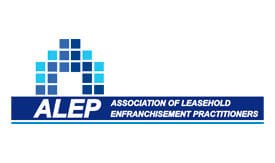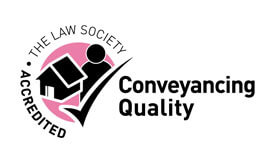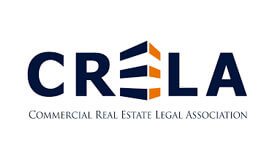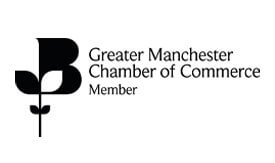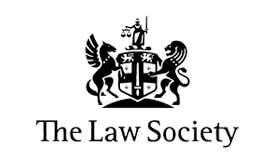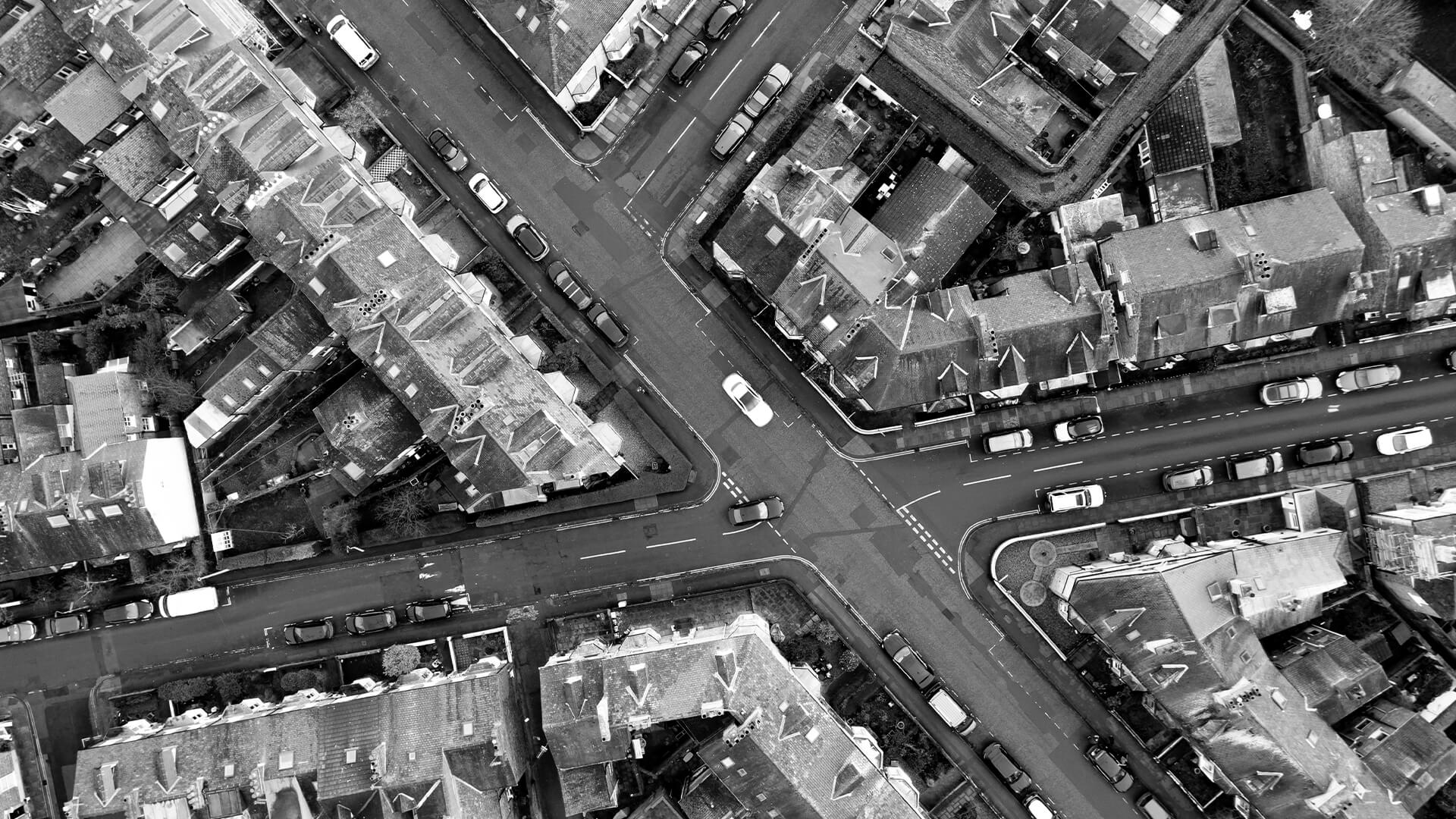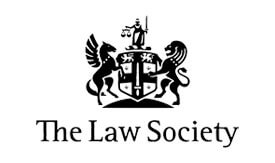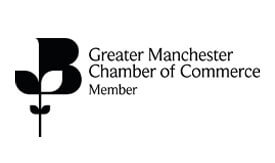Whether you have made the momentous decision to move to a new house or whether you have finally got to a position where you can buy your first home; you need to know what to do next.
Well, once you have looked at nice areas to live, transport links, quality of the local schools and the distance to the nearest bar, you will eventually find the perfect home. But, what do you do next?
- The first thing for you to do is make an offer. Never offer the asking price, as many people selling will add a few thousand pounds on top as they will be aware most buyers want to negotiate.
- Once you have made an offer that has been accepted, you need to instruct a conveyancer.
- The next step will be for you to arrange a survey on the property, to ensure it is not hiding some serious structural defects and make an application for a mortgage.
- You conveyancer will confirm your instructions by letter and send out their terms of engagement and their fee.
- Your conveyancer will then contact the seller’s conveyancer to obtain the contract pack.
- Your conveyancer will check the contract, raise any pre-contract questions, carry out the necessary searches and obtain a copy of any mortgage offer.
- The seller’s conveyancer will answer the pre-contract queries.
- Your conveyancer will then review and explain to you the contents of the contract, any other documentation sent by the seller, the results of the searches and the mortgage offer. You can then review all of this yourself and ask any questions.
- If you are happy with all of this, you can proceed and there will be arrangements made to pay the deposit ahead of the exchange of contracts.
- It is then for you and the seller to agree a completion date, and formally exchange contracts. This is the point in which a legal contract is created, and it becomes difficult for you to withdraw from the purchase without penalty.
- Your conveyancer will prepare a draft transfer deed, complete the information form and send these to the seller’s conveyancer for completion.
- Once the seller’s conveyancer agrees to the draft transfer deed then a final copy will be made. You may need to sign this before sending it to the seller for signing.
- Your conveyancer will fill in a completion statement, carry out pre-completion searches and make the application for the mortgage.
- The seller will then leave the property by the agreed time and the fee will be sent to the seller’s conveyancer.
- The seller’s conveyancer will then release the keys to the property and send the transfer deed and title deeds to your conveyancer with an undertaking to pay off any outstanding mortgages.
- Your conveyancer will then have to pay any Stamp Duty owed to HMRC.
- Your conveyancer will then register the property in your name at the Land Registry.
- You will then receive a copy of the title deed from the Land Registry.
As you can see, the process can be drawn out and how quickly it is completed depends on how quickly the seller acts. However, one thing is for certain; you will need to engage a conveyancer to complete all the legalities for you.

